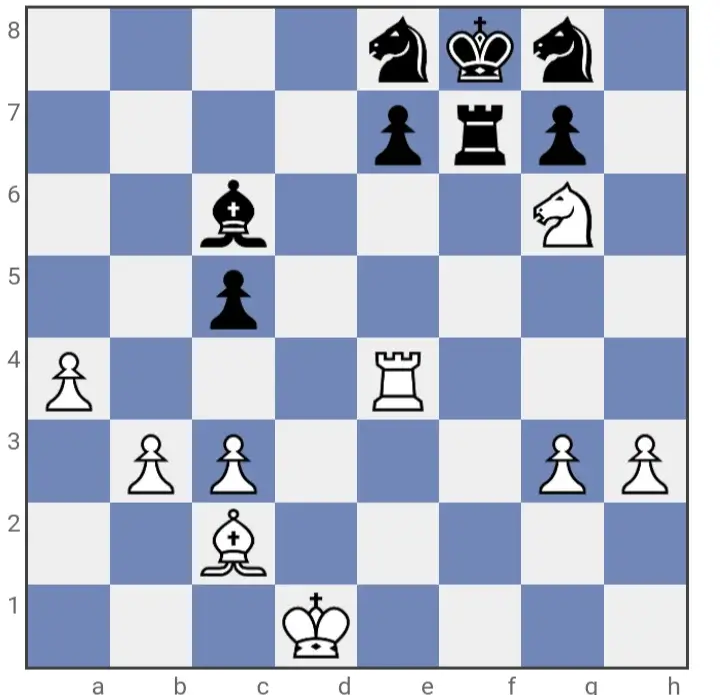If you’ve been around my blog long enough, you know that I like too often explore the quirky side of popular culture and sports. Some of my articles reflect this. For instance, I’ve got posts on rare songs as well as articles on the rarest occurrences in baseball. But I also cover chess, and I wanted to try something a bit different within the game, and that is, write a piece about the rarest checkmates in the game.
The goal is to get you as interested as possible in the game, if you’re a beginner, or if you play the game relatively well, at least we can review some of the rarest things in chess. I certainly find the subject interesting, and in the coming weeks plan to compose other articles on the quirky side of the game. Here are 10 of the rarest checkmates in chess:
This post contains affiliate links. Please read our disclosure.
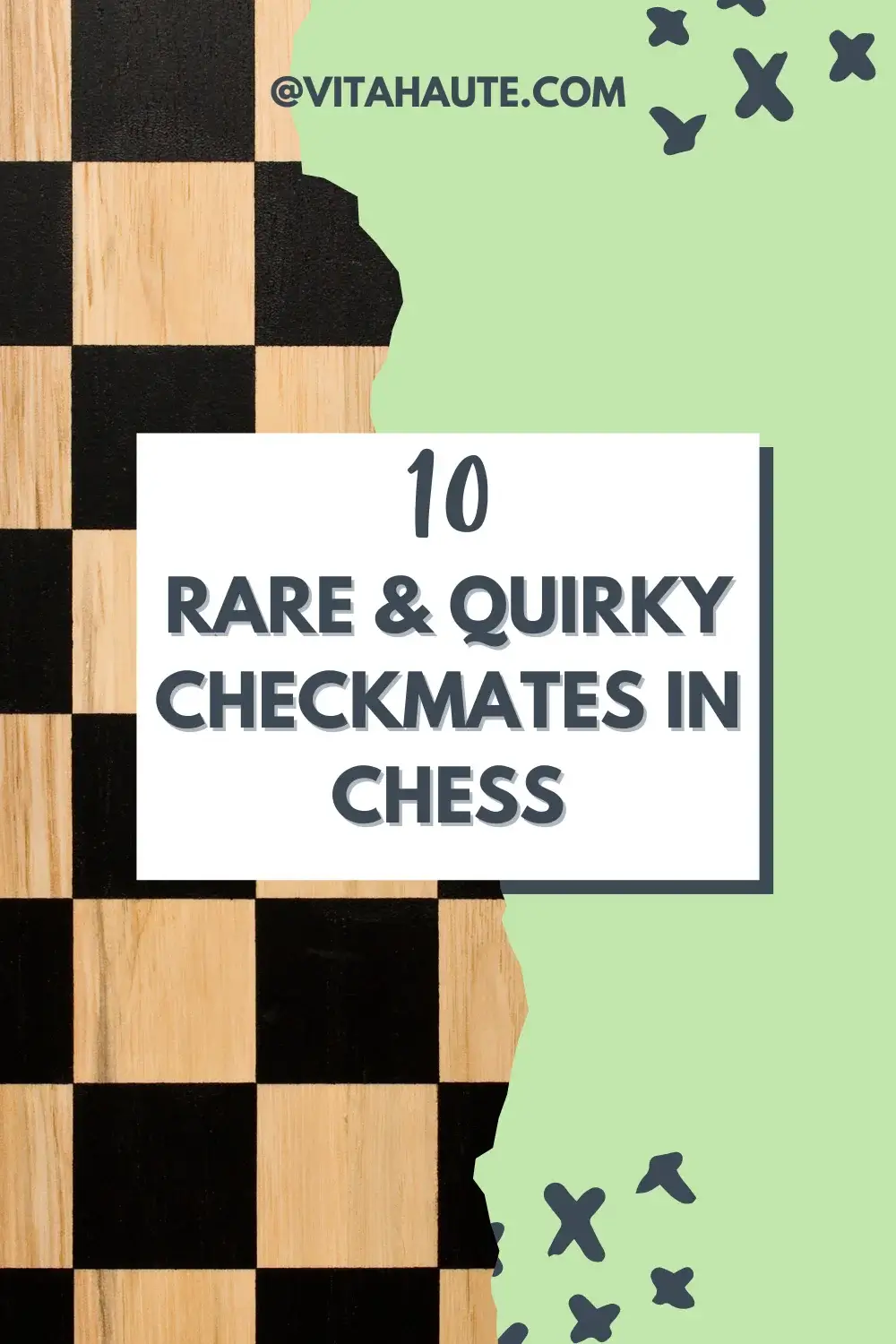
1. Checkmate After Sacrificing Many Pieces
This dramatic type of checkmate involves sacrificing several Pieces to lure the opponent into a vulnerable position. The sacrifices often create open lines or remove key defenders, culminating in a surprise checkmate. While it might seem risky, these sacrifices are calculated moves that lead to an unavoidable checkmate, showcasing the player’s deep understanding of Chess tactics and strategy. Here is a chess game I recently played against shredder, in which I sacrificed a number of pieces before achieving the win.
2. Checkmate After Underpromoting a Piece
In most cases, a Pawn is promoted to a Queen, the most powerful Piece. However, underpromotion (choosing a Knight, Bishop, or Rook instead) can sometimes lead to a quicker or more efficient checkmate. This often occurs in complex endgames where the unique movement of a Knight or the specific positioning of a Rook or Bishop is needed to deliver checkmate, demonstrating the player’s creativity and precise calculation.
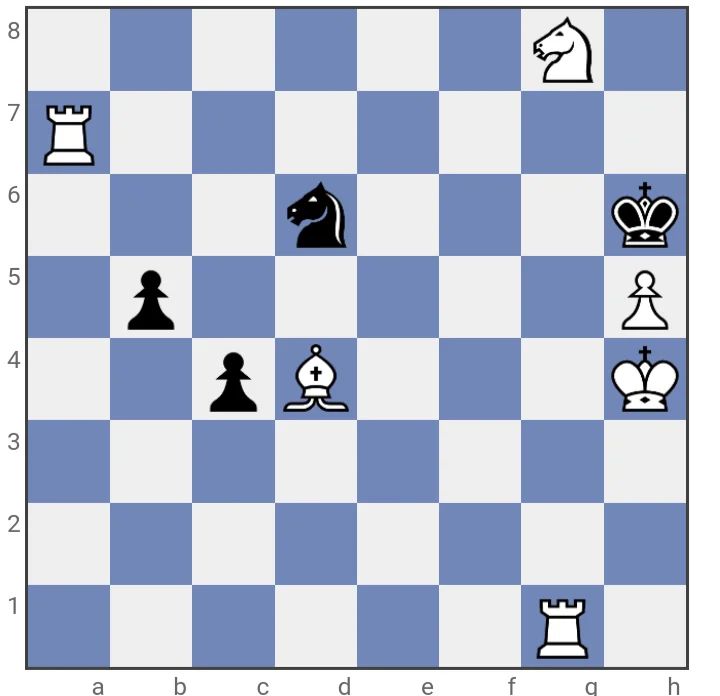
3. Checkmate After Castling
Castling is a unique move in Chess that involves the King and a Rook. Occasionally, Castling can set up a checkmate, especially in situations where it brings the Rook to a more active file or rank, or provides the King with a surprising escape route that results in the opponent’s King being trapped. This type of checkmate is rare and usually unexpected, making it a fascinating tactical maneuver. American 19th century grandmaster Paul Morphy famously played a game in which he castles to beat his opponent.
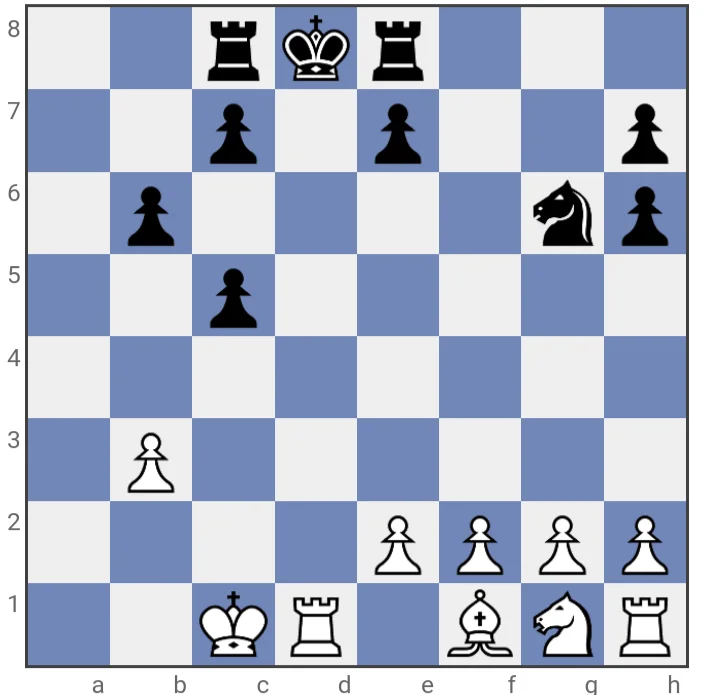
4. Scholar’s Mate
Scholar’s Mate is a classic and quick checkmate pattern that typically occurs in the opening phase of the game. It involves a sequence of moves that targets the weak f7 (or f2) square near the opponent’s King. The pattern usually involves moving the Queen and Bishop to deliver checkmate, often catching inexperienced players off guard.
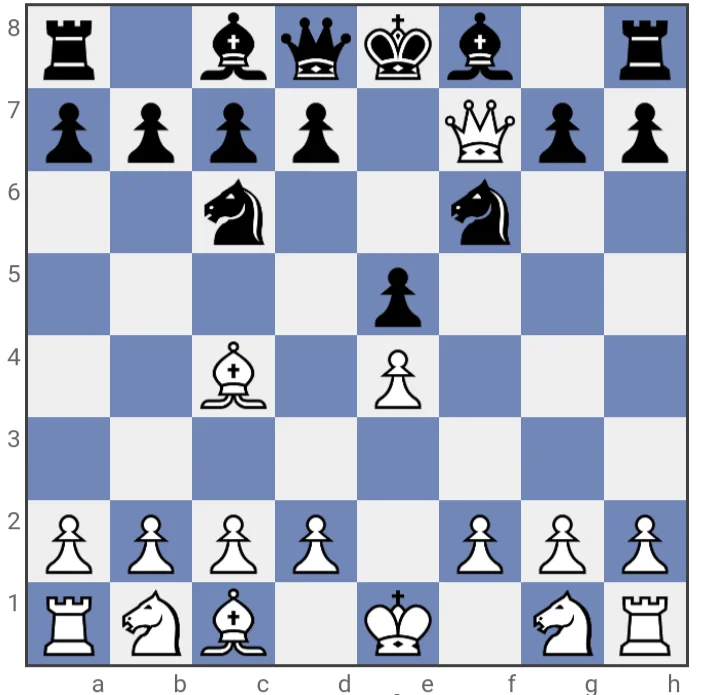
5. Fool’s Mate
Fool’s Mate is the fastest checkmate possible in Chess, occurring after just two moves. It requires the opponent to make extremely poor opening moves, usually involving moving the Pawns in front of the King and failing to provide adequate protection. This checkmate exploits the weakened position of the King, demonstrating how crucial it is to avoid exposing your King early in the game.
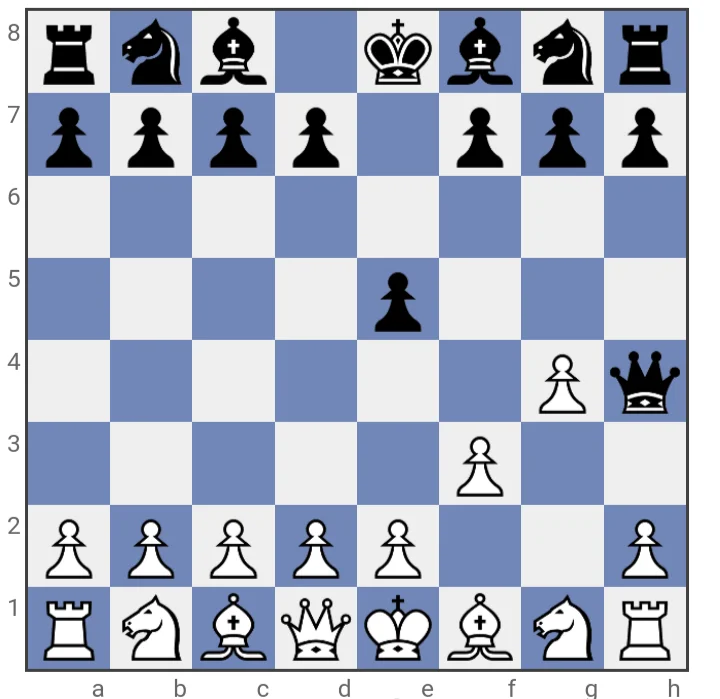
6. Checkmate in the Middle of the Board
Most checkmates occur near the edges or corners of the board, but a checkmate in the middle is less common and often surprising. This type of checkmate happens when the opponent’s King is trapped in the center and cannot escape due to the strategic placement of your pieces. Achieving this requires precise maneuvering and coordination, often creating a dramatic and unexpected conclusion to the game.
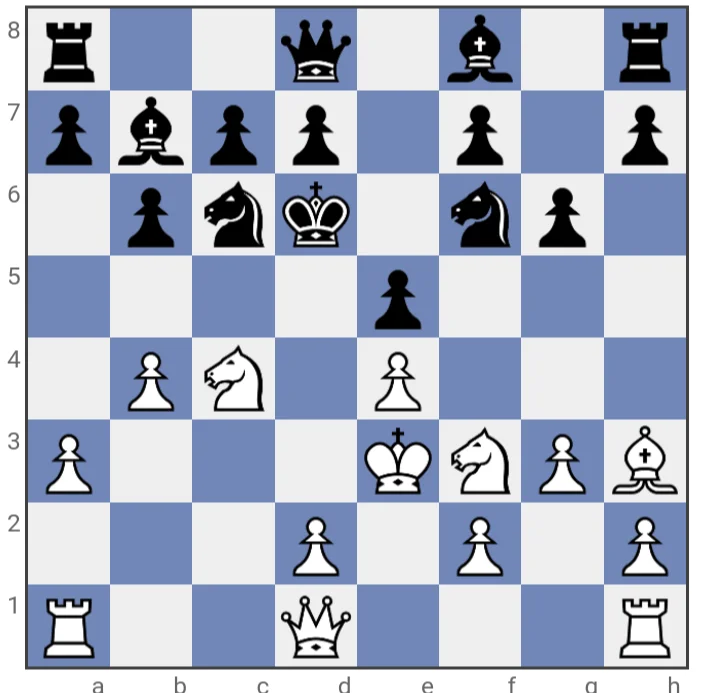
7. Checkmate With Two Knights
One of the rarest and weirdest checkmates in chess involves a King and two Knights against a lone King. Achieving this checkmate is extremely challenging because the player with the Knights must checkmate within 50 moves, and the lone King’s player must make critical errors, such as moving to a corner. If these conditions are not met, the game results in a draw. In contrast, checkmate is entirely impossible with just one Bishop or one Knight, along with a King, against a lone King.
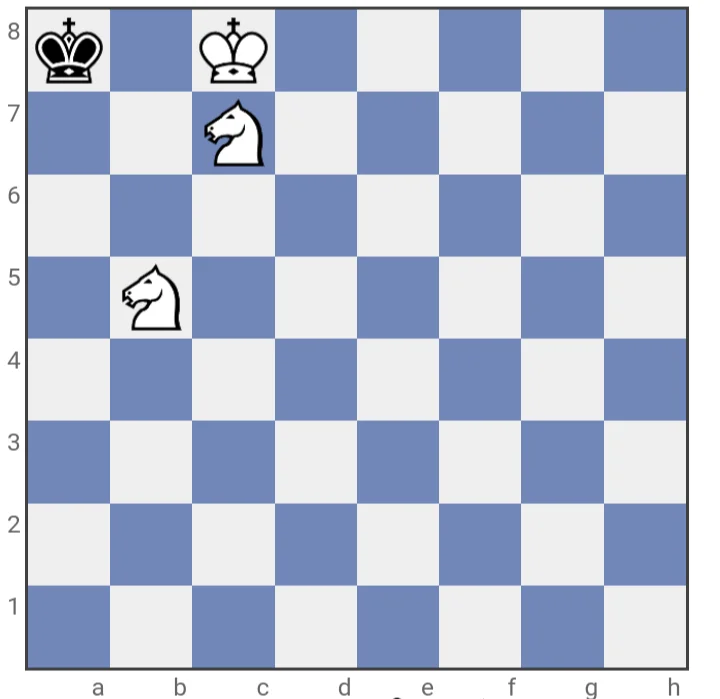
8. Checkmate With a Knight and Bishop
Checkmate with a Knight and Bishop is a challenging endgame scenario that requires precise coordination between the two Pieces. The Knight and Bishop work together to cover the opponent’s King’s escape squares and deliver the final checkmate. This type of checkmate involves maneuvering both Pieces into optimal positions, often using the corner of the board to trap the enemy King. Mastery of this checkmate demonstrates advanced understanding of how to coordinate different pieces effectively.
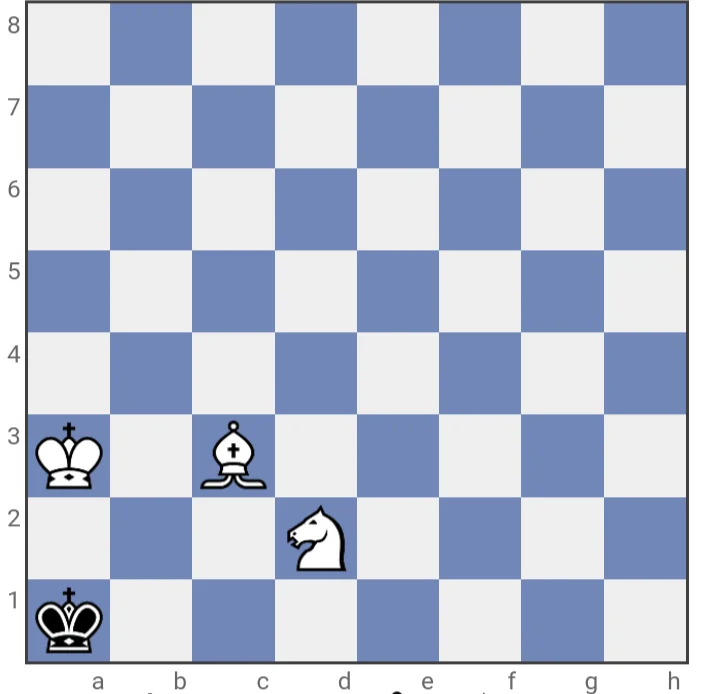
9. Checkmate With Two Bishops
Checkmate with two Bishops is a classical endgame technique that requires driving the opponent’s King to the edge or corner of the board using the combined power of the Bishops and your King. The Bishops work together to restrict the King’s movement and control crucial squares. Achieving this checkmate involves precise positioning and coordination, making it a valuable skill for Chess players to master. It showcases the importance of understanding Piece synergy and endgame strategy.
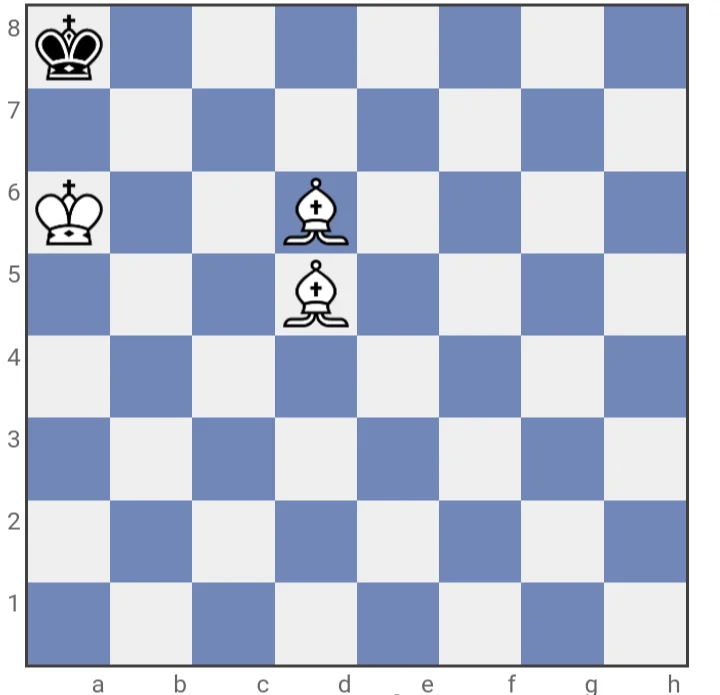
10. Smothered Mate
A smothered mate happens when a Knight delivers checkmate, trapping the opponent’s King with its own pieces. This checkmate is seldom seen in serious play, though I personally have seen this occur in blitz play at Washington Square Park, where in the late 80s and early 90s I spent weekends competing with fellow chess enthusiasts. This type of checkmate adds an unexpected twist and surprise to a match, highlighting the complexity and depth of chess, and how surprises can emerge at every turn of gameplay.
